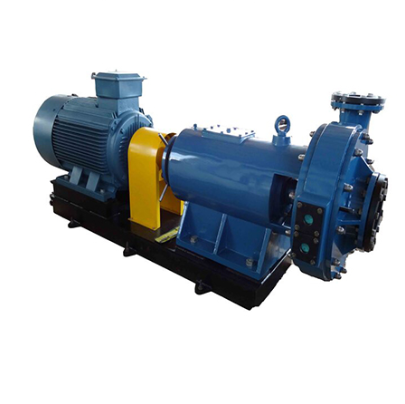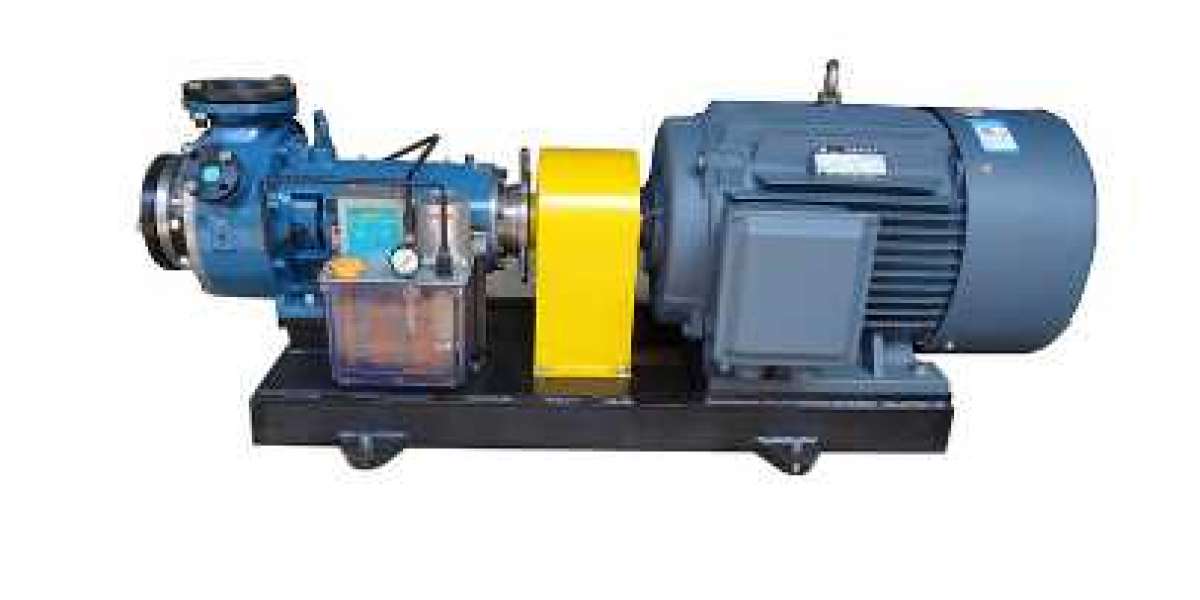The colloid mill consists of stainless steel and semi-stainless steel colloid mills, with two specifications: vertical and horizontal. The main part is composed of a shell, stator, rotor, adjustment mechanism, cooling mechanism, motor, and so on. Next, colloid mill manufacturer Chenyangpump will briefly introduce some basic knowledge of colloid mills.
The following article is an introductory article on colloid mills. It is recommended that partners who are not familiar with colloid mills can read the following first:
What is a colloid mill and how does it work?
Colloid Mill Features
Compared with the pressure type homogenizer, the colloid mill is first and foremost a centrifugal type equipment. It has the advantages of simple structure and convenient equipment maintenance. Its main disadvantage is also determined by its structure.
Due to centrifugal motion, the flow rate is not constant, and the flow rate varies greatly for materials with different viscosities. For example, with the same equipment, when dealing with viscous paint materials and thin milk fluids, the flow rate can differ by more than 10 times;
Due to the high-speed friction between the rotor and the material, it is easy to generate a large amount of heat, which denatures the material to be processed;
The surface is more prone to wear, and after wear, the refinement effect decreases significantly.

Effects of not cleaning the colloid mill
The colloid mill can grind the material to achieve a fine effect. After using the colloid mill, it needs to be cleaned. Some materials are easy to clean, and some materials are difficult to clean, so cleaning the colloid mill has become a headache for every customer. If the cleaning is not in place, it will affect the service life of the machine and the failure of the equipment. So what if the colloid mill is cleaned correctly?
Colloid mill cleaning steps
After grinding, stop the machine and cut off all power, and then rinse the residual material in the machine with clean water.
Disassemble the feed hopper, discharge pipe, discharge nozzle, rotating teeth, fixed teeth, and gap adjustment sleeve according to the disassembly operation of the colloid mill operating procedures, and move them to the cleaning area for cleaning.
Use a brush or other small lift to clean any debris in the crevices and rinse with potable water.
Use a cleaning agent to remove all surfaces of parts, pay attention to the cleaning of crevices and dirt, then rinse with water and dry naturally.
Clean the non-removable parts of the colloid mill online, rinse off the waste residue in the grinding seat tank with drinking water, scrub the grinding seat tank with a brush dipped in detergent, and rinse with water.
Scrub the outer surface of the main body with a cleaning agent, wipe with a clean damp cloth to remove the residual cleaning agent on the outer surface of the subject, and wipe it again with a dry cloth.
Well, the above is all the content about colloid mills brought by professional colloid mill manufacturer Chenyangpump. I hope the above content will be helpful to you. For more colloid mill information, please click below to get:








